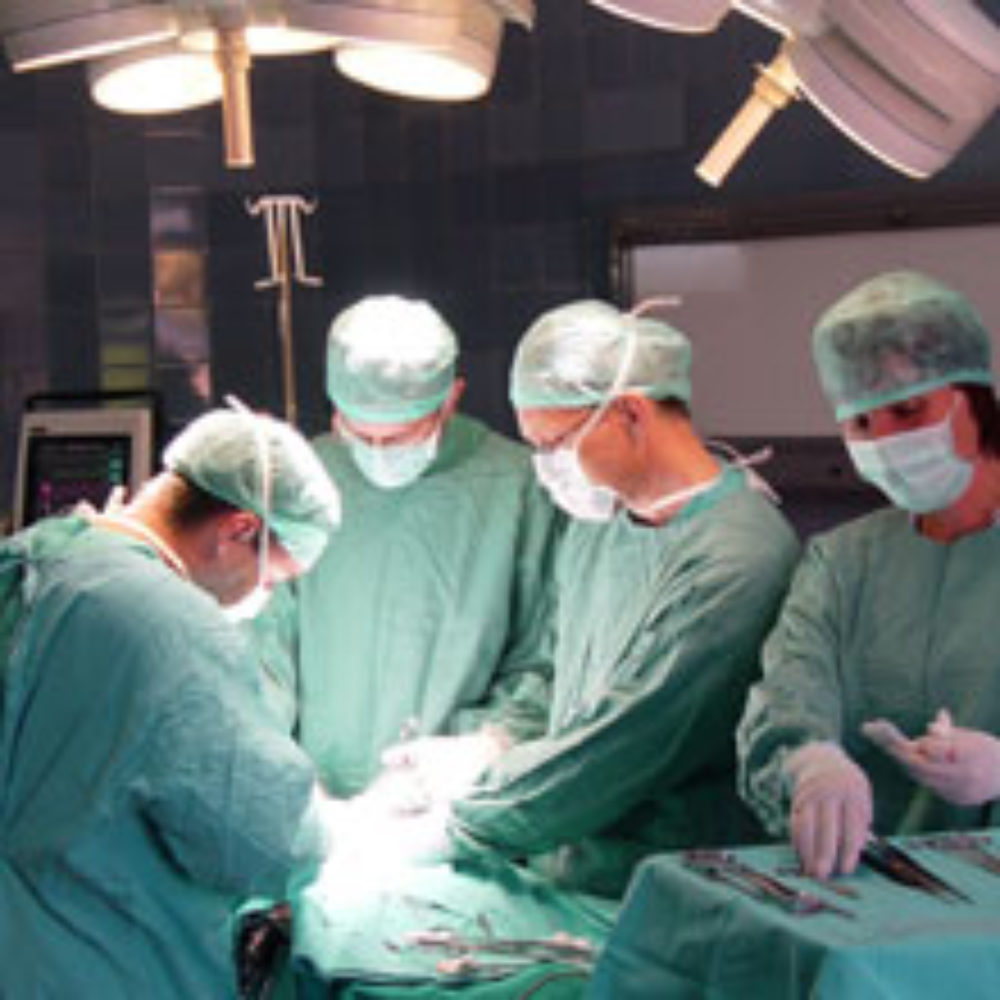Surgery Fire During Routine Operation Results in Malpractice Lawsuit

A Texas family has filed a medical malpractice lawsuit against a hospital, doctor and anesthesiologist for a surgical fire during a botched pacemaker implant operation.
The complaint was filed earlier this month by the family of Selah Schulze in the 15th District Court of Texas against Texoma Medical Center, Dr. Robert Wilcott, anesthesiologist Dr. Mark Villareal and other defendants.
Schulze went to Texoma Medical Center on June 8, 2009 to have a pacemaker implanted, but a surgery fire broke out during the operation that scarred her face and head, neck, chest and right breast.

Did You Know?
Millions of Philips CPAP Machines Recalled
Philips DreamStation, CPAP and BiPAP machines sold in recent years may pose a risk of cancer, lung damage and other injuries.
Learn MoreAccording to allegations contained in the surgery fire lawsuit, a cauterizer being used by Dr. Wilcott ignited the fire, which was exacerbated by Dr. Villareal supplying Schulze with too much oxygen. The family claims that another factor in Schulze’s injuries was that she was wiped down with a flammable skin prep solution that should have been allowed to dry before surgery began.
Schulze was in critical condition after the fire and eventually had to have a number of plastic surgeries to correct the damage from the operating room fire. She also had to undergo a second surgery to correctly install the pacemaker. The compaint alleges that she suffered permanent damage as a result of negligence on the part of the hospital and staff.
Although such incidents are rare, there are about 550 to 650 surgery fires every year, according to data gathered by the Pennsylvania Patient Safety Reporting System in 2007. Approximately one or two surgical fire deaths occur every year, but many more patients suffer severe and disfiguring burns as a result of the fires that are often started by a combination of electrosurgical tools, oxygen, and flammable hospital drapes.
Burns on the upper body or inside the patient’s airway account for about 65% of all operating room fire injuries. About 25% occur elsewhere on the body, and 10% happen inside the body cavity. Electrosurgical tools are involved in 70% of those fires, while 10% are caused by lasers. The rest are caused by sparks from wires, light sources, burrs or defibrillators.
The American Society of Anesthesiologists has released recommendations on actions hospitals can take to reduce the risk of surgical fires. These steps include:
- Perform regular operating room fire drills, which less than half of all U.S. hospitals currently conduct.
- Improve communications between surgeons and anesthesiologists, such as doctors announcing when they plan to use an electrosurgical tool, so the anesthesiologist can temporarily lower the oxygen supply.
- Expand training and education of medical staff on awareness and prevention of fires during surgical procedures.
Get more articles like this sent directly to your inbox.
"*" indicates required fields





0 Comments